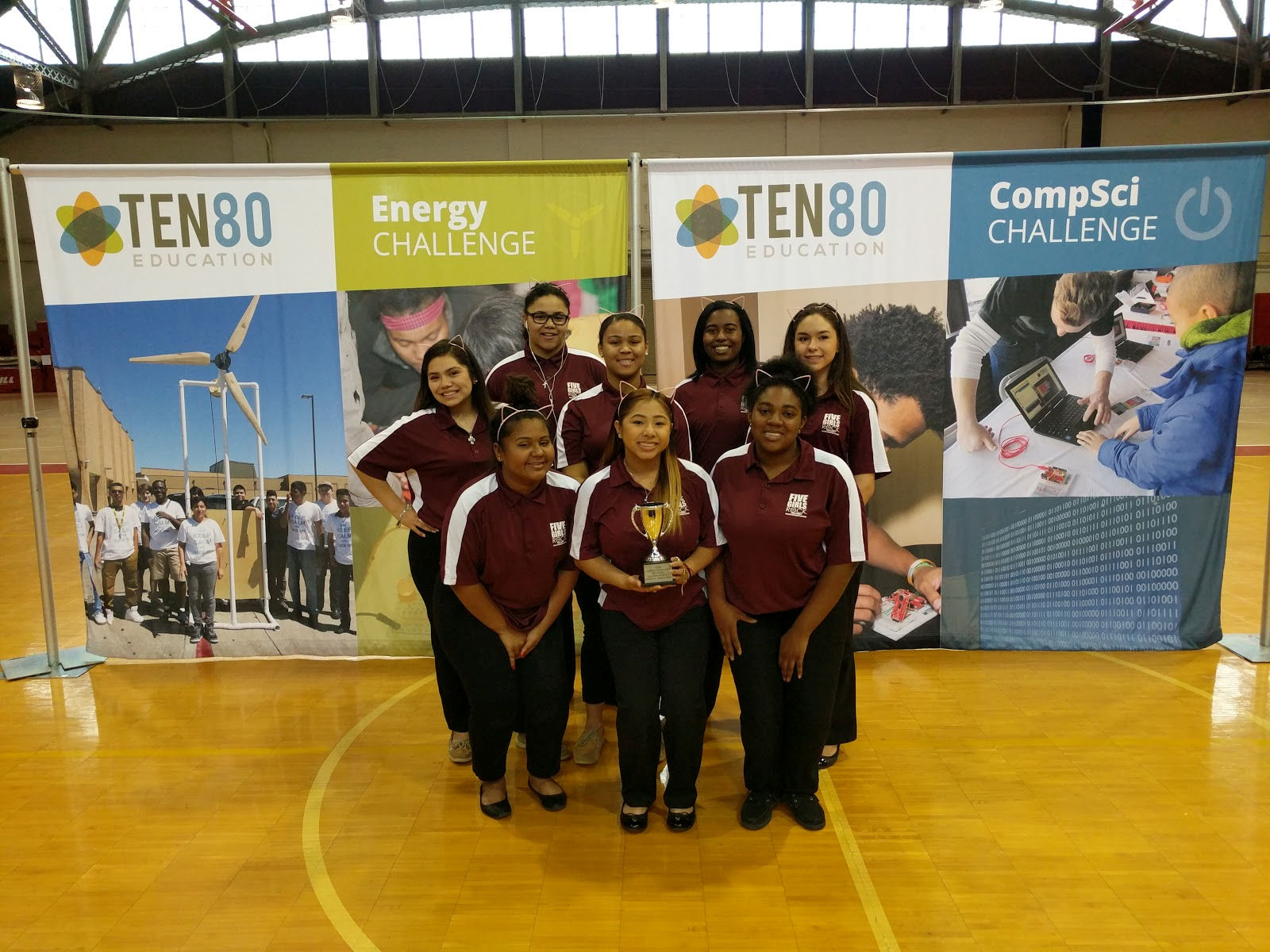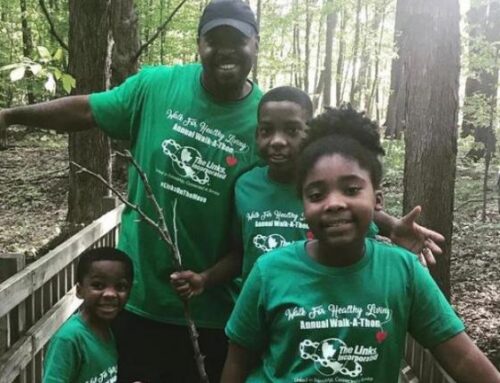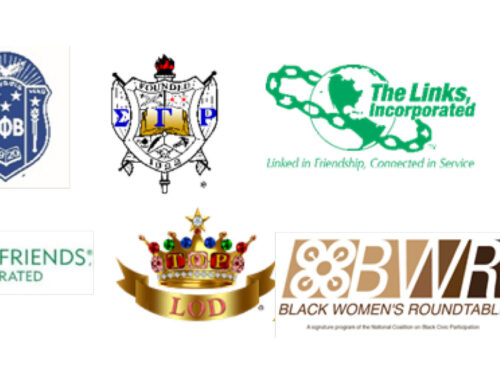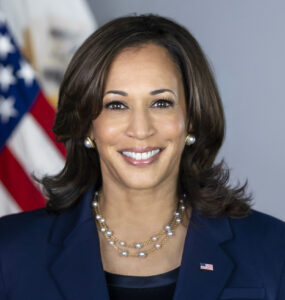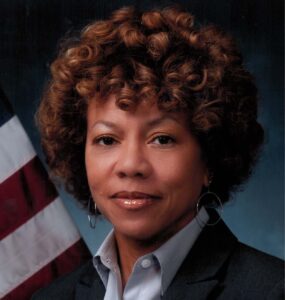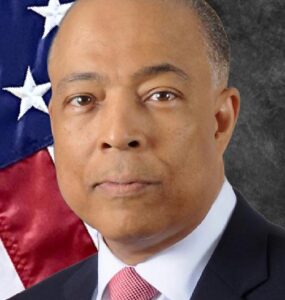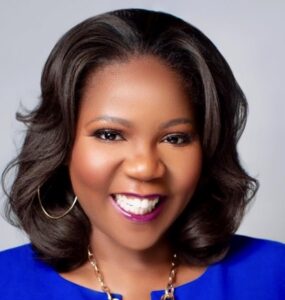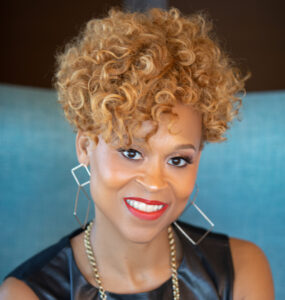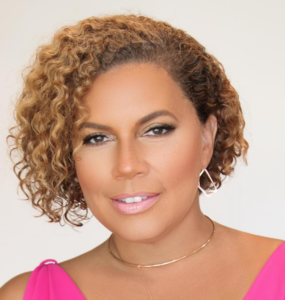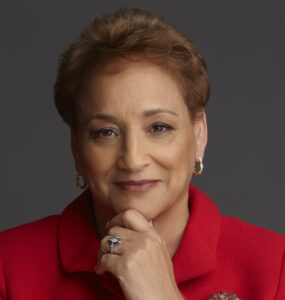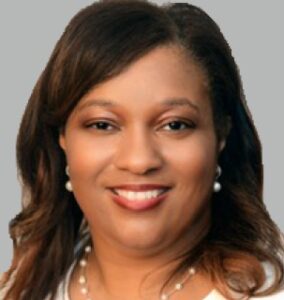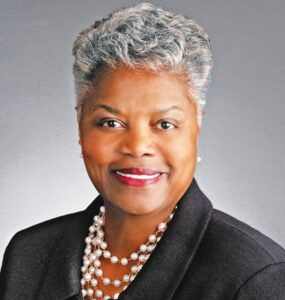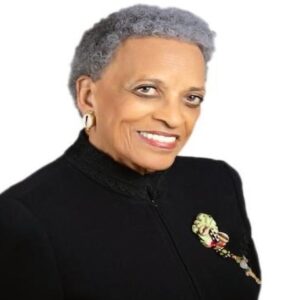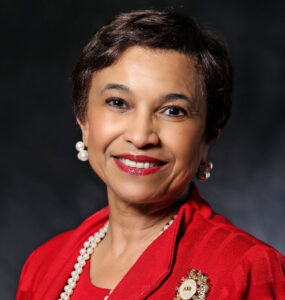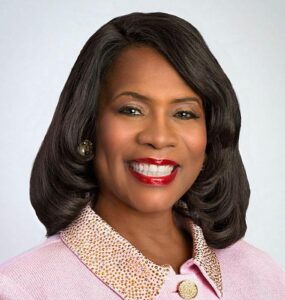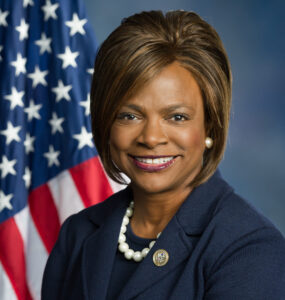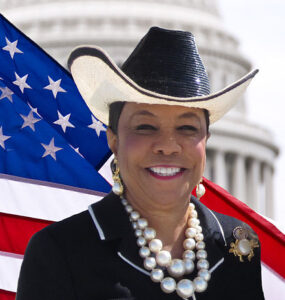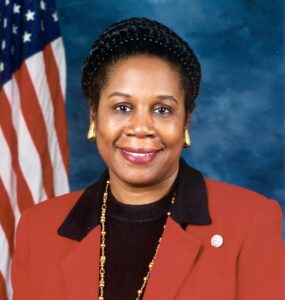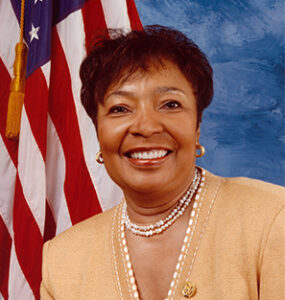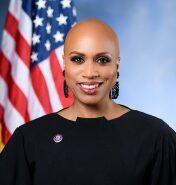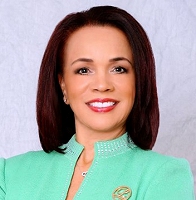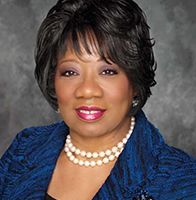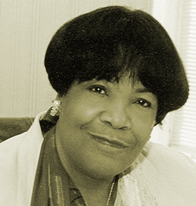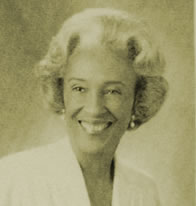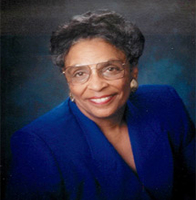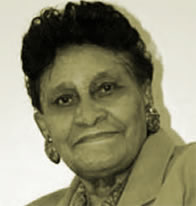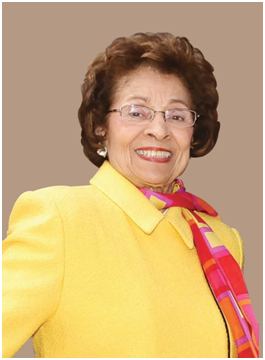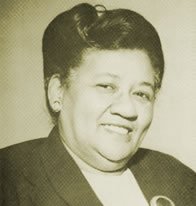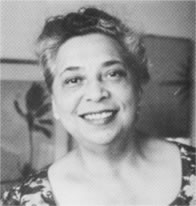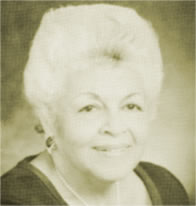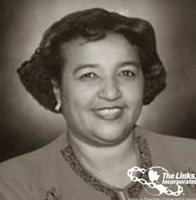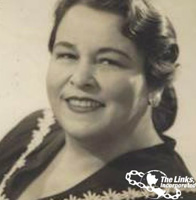By Maya Payne Smart – Town Lake (TX) Chapter – National Editor
For some chapters, one LINKS-NSBE Jr. Chapter just isn’t enough. Three feels like a better fit for STEM stars like the Birmingham (AL) and Port City (TX) chapters. Both stretch their time and talents to run after-school engineering programs across multiple campuses in their cities.
How do they do it? They say smart scheduling, responsive programming, and tapping a wide pool of talent (including Connecting Links and Heir-O-Links) are musts, along with healthy doses of laughter and connection.
“I really like to make it fun for the students and easy for the adults,” says Diann Jackson, the Services to Youth chair of the Birmingham (AL) Chapter. “I can’t make it hard for them, because they are already working. They are doing other things. They have families. My mantra is: Let’s make it fun for everybody so that we get the participation we need and sneak in some actual learning with the fun.”
In fact, joy and camaraderie top the NSBE Jr. agendas at all three of their schools, where meetings start with 15-minute icebreakers. A surprise recent hit involved an intergenerational game of jacks. It was a blast from the past for some and a new experience for others. “I almost couldn’t get those kids up off the floor,” Jackson says. “Most of us are of an advanced age. We know what jacks are and haven’t seen them since we were little. It was so much fun for everybody.”
After the ice breaker, the students dive into the day’s coding, design, or construction work. The NSBE Jr. teams have coded their own apps and built solar-powered cars and wind turbines with the help of their Links advisors. Chapter president Monique Gardner-Witherspoon says the program’s impact is most apparent in the enthusiasm of the principals who invite them back year after year and in the participants’ voices. “I go in, and the students are using the STEM language,” she says, “which suggests to me that there’s quality learning and engagement going on. They are able to apply it and speak it.”
The chapter provides financial resources, technical expertise, and moral support for the program and its students. It facilitates field trips, covers competition fees, and gives laptops to seniors who fulfill the program requirements. And even though it’s a Services to Youth program, others contribute. Dentists in the Health & Human Services facet brought the Colgate Dental Van to one of the campuses and performed dental check-ins. Arts facet members helped make costumes for robots that had been programmed to sashay down a runway. An Heir-O-Link serves as an in-school advisor for one of their high school programs.
The Port City (TX) Chapter in Houston takes a similar approach, encouraging members of all professional backgrounds to support its three LINKS-NSBE Jr. chapters. Links who run their own businesses or have more flexible schedules volunteer in the schools or support at robotics competitions, science nights, and career events. Members who can’t get there in person judge essay competitions or review program plans virtually.
Astra Zeno, a teacher at Young Women’s College Preparatory Academy, appreciates the combination of technical mentorship and soft-skills training Links provide to the school’s Five Girls R.O.C.K. LINKS-NSBE Jr. chapter. Chartered in 2014, the group now has 62 high school members and 10 middle school members. Participants have had the opportunity to travel and compete and win recognition at NSBE regional and national competitions. “The partnership has been life-changing for our students,” Zeno says.
The Port City Links have taken their winning formula to more recently chartered NSBE Jr. chapters at two elementary schools serving high percentages of low-income students. “It’s a commitment to the youth, so with that, you want to make sure that you don’t spread your members so thin that you’re not able to follow through,” says Sandra Alridge, the chapter’s NSBE Jr. and STEM lead. “Life happens. If you think you need five volunteers, then you want to start with 10 to make sure that those lights don’t go dim because somebody didn’t show up.”
Consistency matters at the school level as well, notes Dr. David Jackson, principal of Lucile Gregg Elementary School, where the chapter has worked for seven years, even prior to the launch of a NSBE Jr. chapter. He attributes gains in student performance on district-level assessments to Links supporting students with time, materials, exposure, and encouragement. “While each year’s support is appreciated, it is the cumulative effect of your efforts that is moving the needle with our scholars’ understanding of science,” he says of the chapter’s longstanding commitment to the school.
Tapping into members’ professional networks for volunteers and contracting with outside presenters help sustain and energize the programs, Alridge says. For example, the chapter works in partnership with the NASA African American Employee Resources Group to help Gregg Elementary students plan, build, and present scientific research projects each fall. Then it brings in professionals from WorleyParsons and the Society of Women Engineers to judge the entries. The comprehensive science fair program has grown to more than 80 individual and class projects, and all of the participants are eligible to take a chapter-sponsored trip to NASA afterward.
“Just like you work with your own children to help them with their science projects, this is what we’re doing with these kids,” explains Donna Blackshear-Reynolds, the chapter’s programs lead. “We are starting from zero and asking what the children are interested in. Then we help as a parent would and provide everything they need to do the project. We know they would not be able to do it otherwise.”
After the science fair, the LINKS-NSBE Jr. chapter, a smaller subset of children, meets biweekly, with gatherings alternately led by the science teacher and Links or Links partners. Activities, like dissecting cow eyes or exploring geology concepts, are aligned with state science standards. The chapter facilitates and supports STEM learning—all with a goal of bringing sparks to students’ eyes and smiles to their faces.
Thank you to the following chapters that have
active or in-progress (*) LINKS-NSBE Jr. Chapters!
Altamonte Springs (FL)
Augusta (GA)
Azalea City (GA)
Baltimore (MD)
Bergen County (NJ)
Birmingham (AL) – 3 chapters
Bradenton/Sarasota (FL)
Brunswick (GA)
Buckhead Cascade City (GA)
Buffalo (NY)
Camellia Rose (GA)
Charleston (SC)
Crown Jewels (NC)
Dallas (TX)
Des Moines (IA)
Dogwood City (GA)
Dover (DE)
Fort Bend County (TX)
Fort Valley (GA)
Fort Worth (TX)
Greater Albuquerque (NM)
Greater Bronx (NY)
Greater Bronx (NY) * – second chapter
Greater Hartford (CT)
Greater Hudson Valley (NY
Greater Miami (FL)
Greater Mobile (AL)
Greater Phoenix (AZ)
Greater Queens (NY)
Gulf Coast (MS)
Harbor Lites (IL)
Harrisburg (PA)
Hawaii (HI)
Jackson County (MO)
La Capitale (LA)
Lake Gaston (NC)
LeFleur’s Bluff (MS)
Long Island (NY)
Metropolitan (DC)
Mid-Cities (TX)
Mississippi Roses (MS)
Montgomery (AL)
Morris County (NJ) – 2 chapters
Mount Rose (MD)
New Haven (CT)
North Broward County (FL)
Old Dominion (VA) Chapter
Orlando (FL)
Petersburg (VA)
Pittsburgh (PA) – 2 chapters
Plano North Metroplex (TX)
Port City (TX) – 3 chapters
Portland (OR)
Potomac (VA)
Raritan Valley (NJ)
San Bernardino (CA)
San Jose (CA)
Selma (AL)
Southern Maryland Chain (MD)
Texas Spring Cypress (TX)
Town Lake (TX)
Trinity (TX)* – 2 chapters
Waco Central Texas (TX)
West Towns (IL)
Wichita (KS)
Wilmington (NC)
Youngstown (OH)

